Boredom, often dismissed as a negative state to be avoided, can actually play a significant role in fostering learning and creativity. In today’s fast-paced, always-connected world, many of us view boredom as a failure to stay productive. But boredom offers something unique: a chance to reset, reflect, and engage the brain in a different, often more creative way. By understanding the science of boredom, we can learn to embrace its benefits and unlock our creative potential.
The Brain on Boredom
Boredom occurs when the brain is understimulated. However, this lack of stimulation can be exactly what we need to get our creative juices flowing. Research has shown that boredom encourages the mind to wander, which in turn fosters imagination and innovation. The brain, faced with a lack of external stimuli, turns inward, connecting thoughts, solving problems, and generating new ideas. This mental rest allows for a deeper level of subconscious processing, which can lead to creative breakthroughs and insights that would not emerge in a constantly stimulated state.
Boredom and Learning
In the context of learning, downtime is often crucial. When the brain is allowed to rest from a challenging task, it has time to consolidate memories and reinforce neural connections. This is why taking breaks between study sessions can be more effective than marathon cramming sessions. Boredom creates the mental space needed for ideas to incubate, leading to a better understanding of complex concepts and more meaningful learning.
Self-Reflection and Goal Setting
Moreover, boredom can help us identify what truly matters to us. When we’re not overwhelmed by external input, we are more likely to reflect on our goals, passions, and interests. This self-reflection can guide us toward activities that bring us purpose and satisfaction. For children and students, being bored may actually be a critical part of developing problem-solving skills. It forces them to create their own entertainment, enhancing their ability to think outside the box and take charge of their own learning.
Embracing Boredom
Instead of fearing boredom, we should learn to welcome it. Scheduling downtime, practicing mindfulness, and reducing our dependence on digital distractions can all help create an environment where boredom can thrive—ultimately boosting both learning and creativity.
Conclusion
Boredom is not the enemy; it is a tool that can help us unlock our creative potential and enhance our learning. By embracing downtime, we give our minds the freedom to wander, reflect, and innovate, leading to personal growth and deeper understanding.
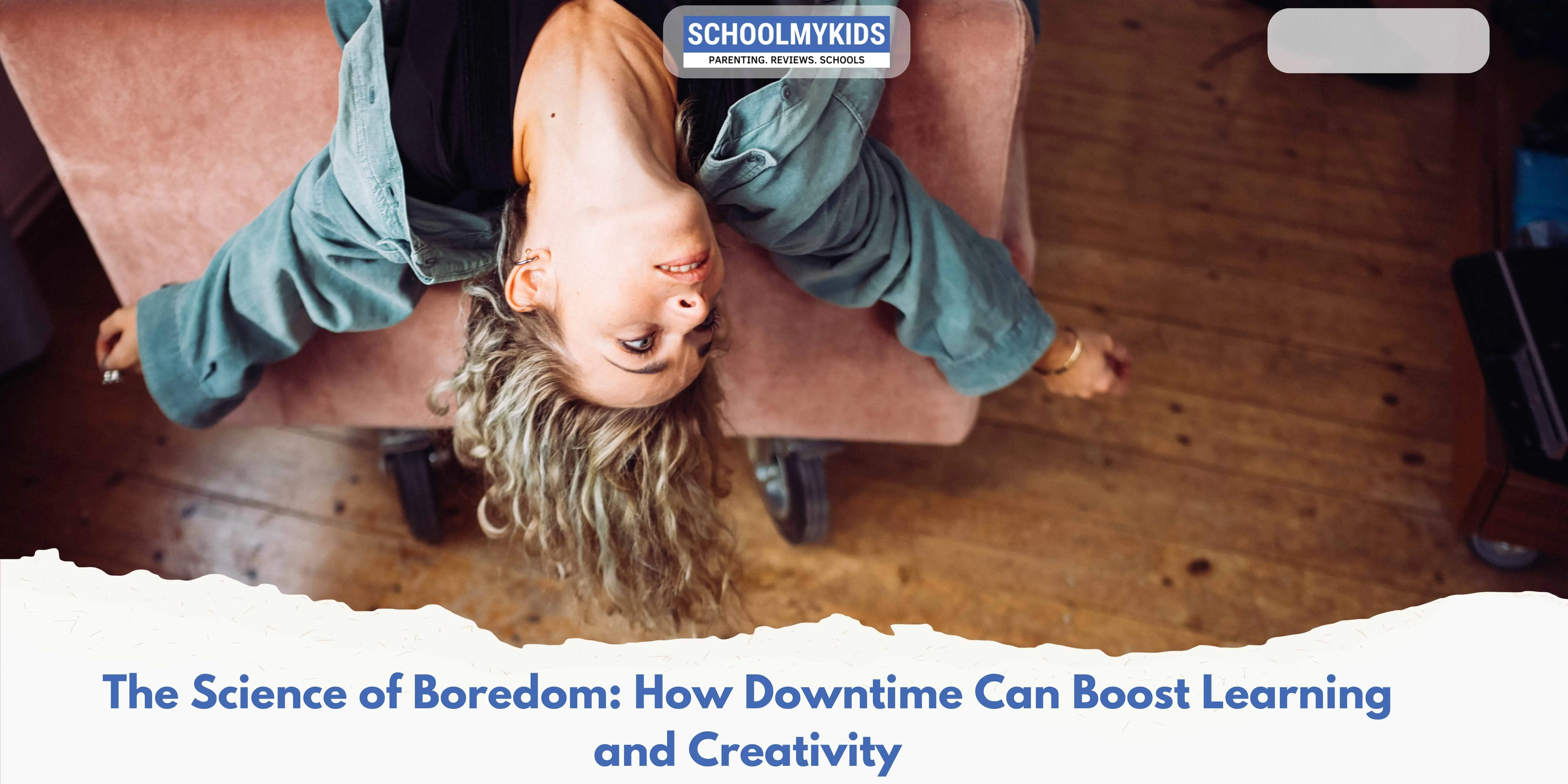
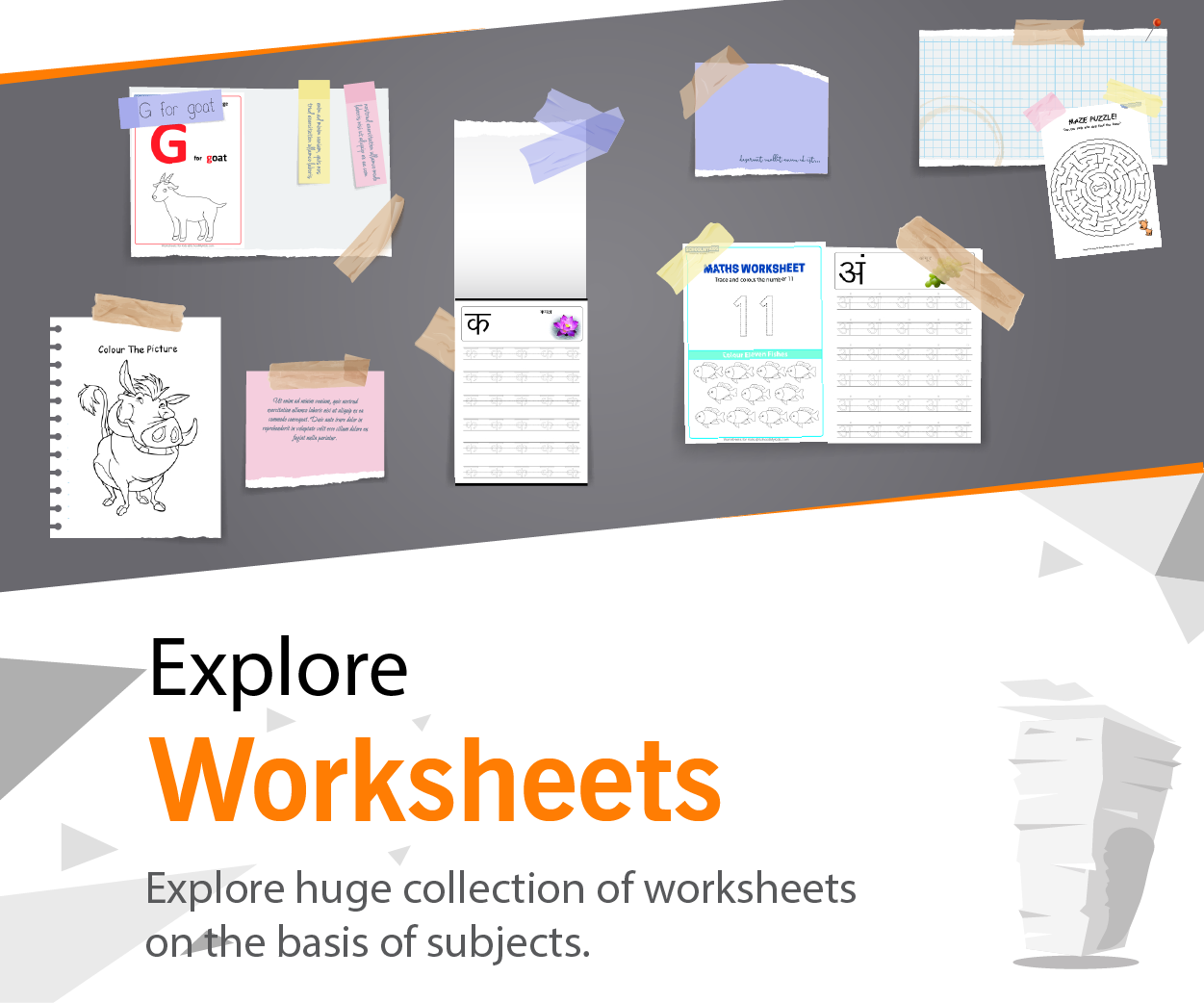



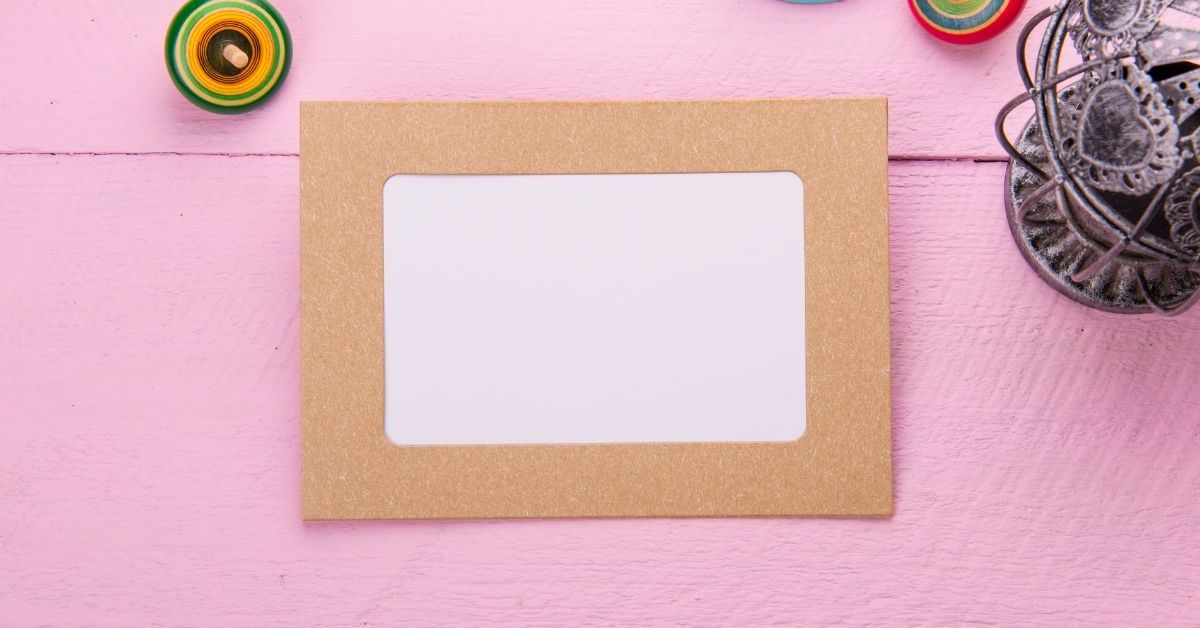
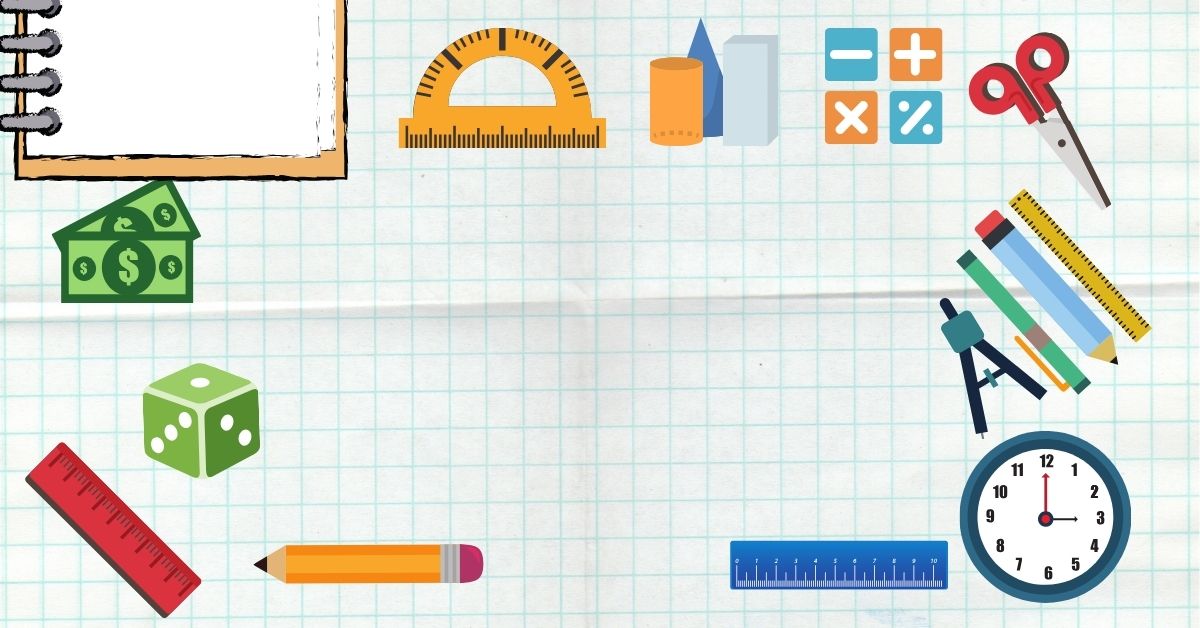

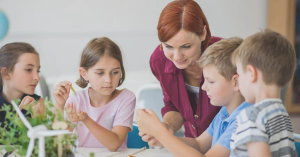
Be the first one to comment on this story.